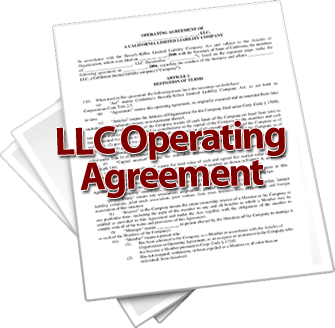#4 in Lee’s formalities checklist asks “Have you issued Membership Interest Certificates?”
#5 asks “Do you have a ledger of your Membership Interest Certificates?”
When you form a corporation or an LLC for your business, part of the process is to establish ownership of the company. Some states require that the owners (stockholders for a corporation or members for an LLC) be listed on the articles of organization, but many states don’t.
A company establishes ownership by issuing stock certificates for a corporation, while an LLC issues membership interest certificates to formalize the ownership of the company. Corporations always issue a specific number of “shares” in order to represent ownership. LLCs can either issue specific numbers of shares or the ownership can be represented by stating a percentage of ownership in the LLC. The certificates could read a percentage or a specific number of shares.
It really doesn’t matter how the ownership is represented: he who owns a majority of the company effectively owns and controls the company. However, to a degree, the control is based on the way your bylaws or operating agreement are written. They will tell you what decisions require a majority approval, a super majority approval, or a unanimous approval.
Stock certificates or membership interests actually need to be “issued.” Many times small businesses just kind of forget about issuing membership interests in their LLCs. They get busy running the business and forget to keep their business foundation in order. It is part of the formalities that need to be followed when you have a company.
When push comes to shove and you are trying to convince the court that they should preserve the “corporate shield” (the protection is the same in a corporation or an LLC), the issue will turn on whether or not you treated your company as a real company. Real companies issue certificates (stock or membership) to show ownership. When I invest in IBM or some other company, I want a stock certificate to show I made the investment.
If I invest in your company, I want a certificate showing what part of the company I own. Did you treat your investment in your company at arms length and issue the certificate, or did you just blow it all off and say, “The company is all me anyway; I don’t need to issue a certificate”? If that’s your attitude, expressed by the fact that you didn’t issue the certificate, then the judge will say that you didn’t treat the company as a real third party company, and he will let your creditors set aside the company and pierce the corporate veil.
Issuing stock certificates or membership certificates isn’t hard. You will need a ledger book to keep track of each certificate, and of course, you will need some blank certificates. You can get the paperwork at the office supply store or make your own (templates are included in my LLC Advanced System and my LLC full Wizard System). You need both a membership ledger and membership certificates.
The next step is to issue certificate #1 and record it in the ledger. Include the number of the certificate, the date, the name of the owner, and the number of shares or percentage of ownership conferred. If you are the owner, use your name. If you want it in your trust, put the trust’s name. (If you don’t have a trust, you really need one.) Fill out the certificate. You will probably sign it as the manager of the LLC or the officer/director of the corporation. As mentioned above, in an LLC, you can have the membership interests worded either as a percentage of the LLC or as a specific number of membership shares. Repeat this process for each owner.
On the certificates themselves, make sure that there is the appropriate number on each and every certificate. Include the name of the business, the name of the owner, and the percentage ownership or number of interest shares held.
A company is owned by whoever is named on the certificate(s). When a person’s name is on the stock or membership interests, it requires the signature of the person named to transfer it. So if your name is on the certificate and you die, it will be subject to probate. The legal proceeding of probate is not only expensive, it is time consuming. Leaving your small company in limbo while your estate is probated could destroy your company. These certificates are what you use in putting a company into a trust.
Related Article: How to Put Property in a Trust
Coming soon on LegaLees.com: Holding Ownership in the Name of a Trust

Hello,
are you looking to sell your website?